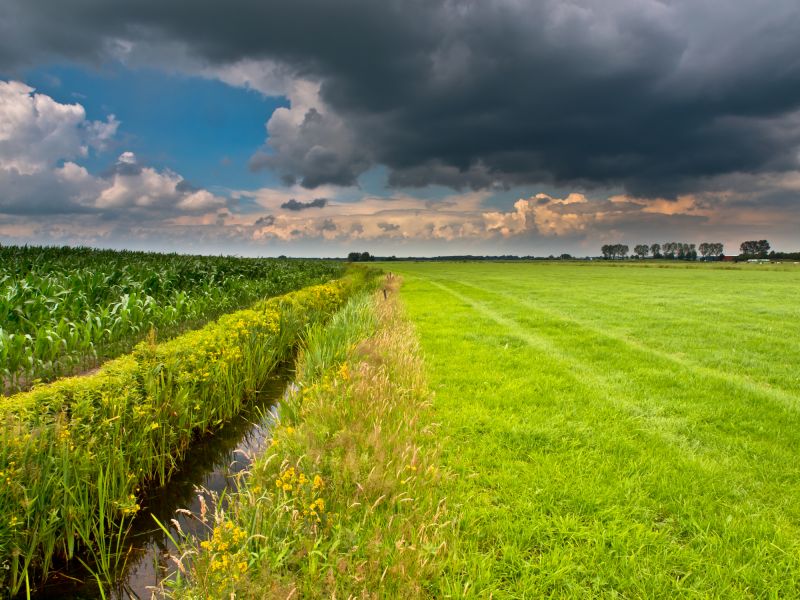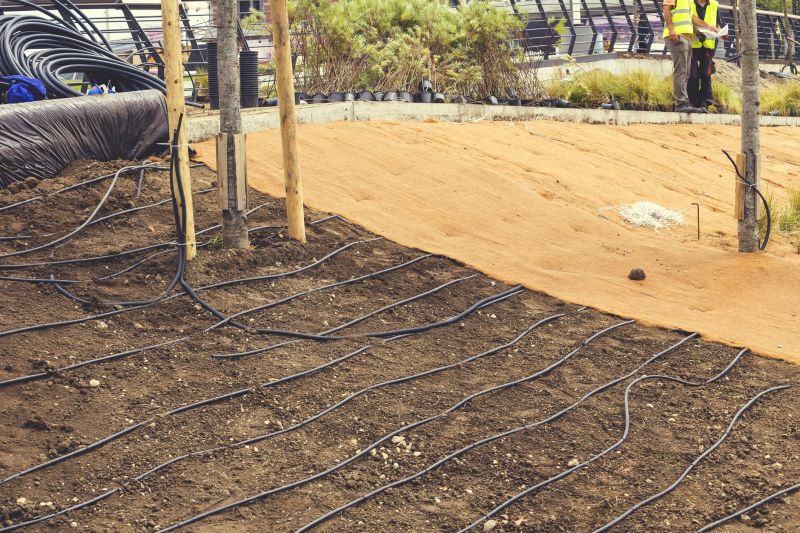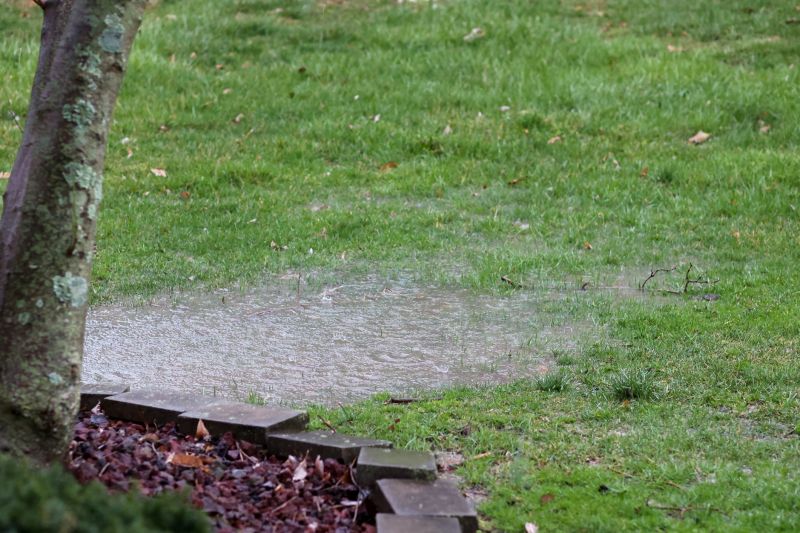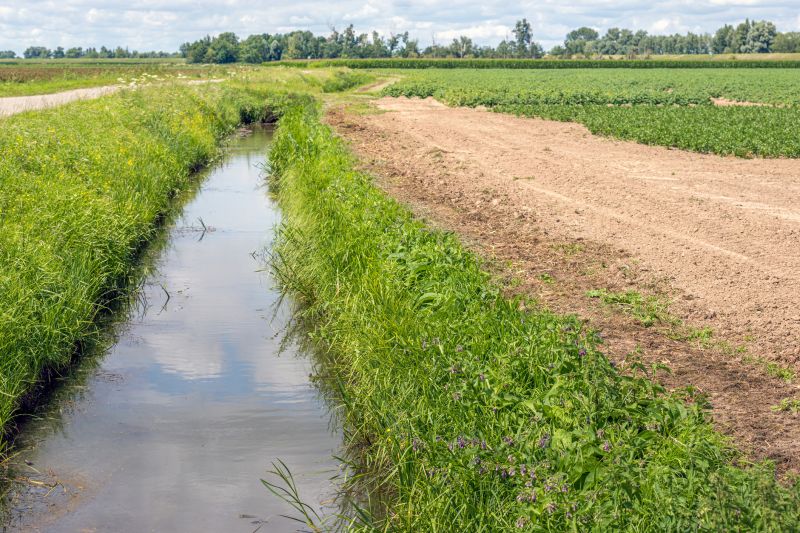Expert Drainage Solutions for a Healthy, Stable Landscape
Effective landscaping drainage services include various methods to manage water flow and prevent water accumulation. Common types involve surface drainage systems, such as swales and channels, which direct excess water away from structures and landscaped areas. Subsurface drainage options, like French drains and pipe systems, help alleviate underground water buildup. Proper installation of these systems can protect lawns, gardens, and foundations from water damage. Each drainage solution is tailored to the specific landscape conditions, ensuring optimal water management. Professional assessment ensures the selection of the most suitable method for the property’s unique needs. Proper drainage helps maintain the health and appearance of landscaping while preventing erosion and water pooling issues.

Professional installation of landscape drainage systems ensures effective water diversion and long-lasting performance.

French drains are installed underground to redirect water away from problem areas efficiently.

Surface solutions like channels and swales help manage runoff and protect landscaped areas.
| Benefit | Description |
|---|---|
| Prevents Water Damage | Proper drainage protects foundations, lawns, and structures from water-related issues. |
| Reduces Erosion | Effective water management minimizes soil erosion and landscape degradation. |
| Enhances Landscape Health | Proper drainage promotes healthier plants by preventing oversaturation. |
| Increases Property Value | Well-drained landscapes improve curb appeal and property valuation. |
| Minimizes Maintenance | Proper systems reduce the need for ongoing landscape repairs and adjustments. |

Installation of underground drainage pipes to manage water flow effectively.

Proper grading directs water away from structures and landscaped areas.

Channels built along pathways and lawns facilitate runoff management.
The process of landscaping drainage service begins with a comprehensive assessment of the landscape to identify water accumulation issues. A professional evaluates the terrain, soil type, and existing drainage patterns to determine the most suitable solutions. Next, an appropriate drainage system is designed, which may include surface and subsurface components. Excavation and installation follow, ensuring proper placement and slope for effective water diversion. The system is then tested to verify proper operation. Final adjustments are made to optimize performance and ensure long-term effectiveness. Proper installation ensures that water is efficiently directed away from critical areas, protecting the landscape and structures from potential damage.

Excavation and placement of drainage components tailored to landscape needs.

Adjusting terrain to facilitate proper water flow and prevent pooling.

Verifying system functionality to ensure effective water management.
Hiring a professional for landscaping drainage installation offers numerous advantages. Experts have the experience to assess landscape conditions accurately and select the most effective drainage solutions. Proper installation by skilled technicians ensures systems function correctly and last longer, reducing future repair costs. Professionals also minimize disruption to the landscape during installation, preserving the aesthetic appeal. Additionally, they adhere to best practices, ensuring the system is integrated seamlessly with existing landscape features. Investing in professional services can prevent water-related issues from recurring and protect property value over time.

